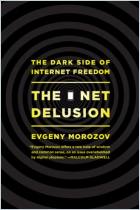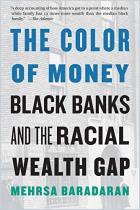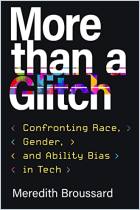The story of computing technology and the internet is one of white supremacy and the use of tech innovations to reinforce America’s bifurcated racial order. At the same time, it is the story of resistance to these new forms of oppression. Black Americans used these technologies to build community and wealth and to promote racial justice. Drawing on archival sources to tell the first-person stories of Black entrepreneurs, engineers, technicians and hobbyists, New York University professor Charlton McIlwain shows how Black Americans’ relationship with the computer revolution spans five decades, and laid the groundwork for the Black Lives Matter movement.
Black Americans harnessed the computing revolution to promote their culture. At the same time, people with powerful interests co-opted digital technology to repress Black voices.
In the 1970s, a group of Black technophiles placed Black people, content and culture on the cutting edge of the internet’s development. The individual actions of dozens of computer hobbyists, tech entrepreneurs, engineers and activists first began to emerge in the mid-1970s and 1980s. Their actions stretch from the advent of the World Wide Web in the 1990s and to the dot-com bust of the early 2000s. Their story shows how Black entrepreneurs took the helm of an internet revolution not designed for them, and used it to advance their own interests in ways that influence present-day digital Black activism.
The second Black software story is that of “the Committeemen.” These were titans of government, academia and industry whom the federal government summoned to design and build computer systems that would surveil and control Black Americans in the wake of 1960s racial unrest. The resulting technological overhaul of law enforcement practices further racialized criminal...




















Comment on this summary or Comenzar discusión